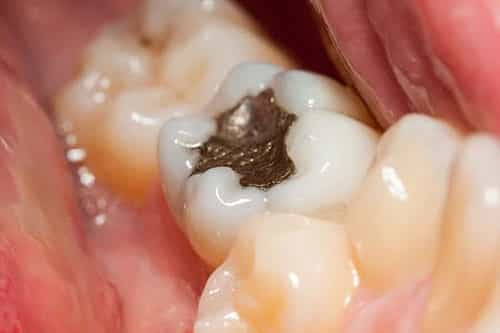 The British Dental Association (BDA) published a report in June 2018 to announce that the rules and regulations governing the use of dental amalgam are changing. Amalgam is being phased out in specific patient groups to help reduce the amount of mercury-containing products in the environment. This is just a quick summary of the report – a link to the full document is included below.
The British Dental Association (BDA) published a report in June 2018 to announce that the rules and regulations governing the use of dental amalgam are changing. Amalgam is being phased out in specific patient groups to help reduce the amount of mercury-containing products in the environment. This is just a quick summary of the report – a link to the full document is included below.
As from the 1st July 2018, UK law will comply with European Union (EU) legislation which states that amalgam should not be used in treatment of deciduous teeth in children under the age of 15 years old, of pregnant women, and of women who are breastfeeding. Exemptions are possible if the dentist deems it strictly necessary based on a specific medical need for an individual patient or where it is the most appropriate course of action. The dentist must make a clinical judgement, and treatment in these circumstances is based on consent from the patient.
The change in the law is purely based on environmental concerns that dental amalgam is making a small contribution to pollution. EU law is trying to minimise the use of dental amalgam over several years, with the ultimate aim of phasing it out completely. This legislation will remain in force in the UK after it leaves the EU in 2019.
It is worth noting that the BDA report does not reflect any evidence-based concerns about possible adverse effects of amalgam on human health. If you or your dentist are explaining the changes to patients, it is important that you reassure the patient that their existing amalgams are fine. The BDA has put together some patient leaflets to help explain the changes and to reinforce that they is strictly based on environmental aims.
How does amalgam affect the environment?
Mercury is a naturally occurring element that can be released into the environment either from natural sources or because of human activity. The United Nations Environment Programme (UNEP) has recognised the serious impact it is having – mercury toxicity levels in fish and other marine life mean that it is entering the food chain at problematic levels. Reducing the amount of amalgam that we are using will help to reduce mercury toxicity levels and protect our environment.
About dental amalgam
Most people know amalgam fillings as silver fillings. Dental amalgams have been in use and extensively studied for 150 years. The filling material is a mixture of different metals such as mercury, silver, tin and copper. Mercury, which makes up about 50 per cent of the compound, is used to bind the metals together and to provide a strong, cost-effective, durable material that is straightforward and is easily placed in cavities in all shapes and sizes.
The material is still very popular; it is estimated that on a yearly basis more than 1 billion amalgam restorations are placed. These changes will therefore affect almost every dental practice – both NHS and private – in the UK.
What are the alternative materials?
The alternative products for treating deciduous teeth and patients under 15 years old are: fissure sealants, performed crowns, resin composites and glass ionomer filling.
For pregnant or breastfeeding women, the report states that unnecessary clinical intervention should be avoided where possible and needs to be assessed on an individual basis. Non-urgent restorative treatment or removal of amalgam fillings should therefore be postponed until it is deemed safe to carry out this treatment.
As this legislation is going to be enforced very soon, it’s important that all staff members read the relevant sources of information so that they can offer their patients the best advice where necessary.
To read the full report or the information leaflets that are available, please visit their website: https://bda.org



